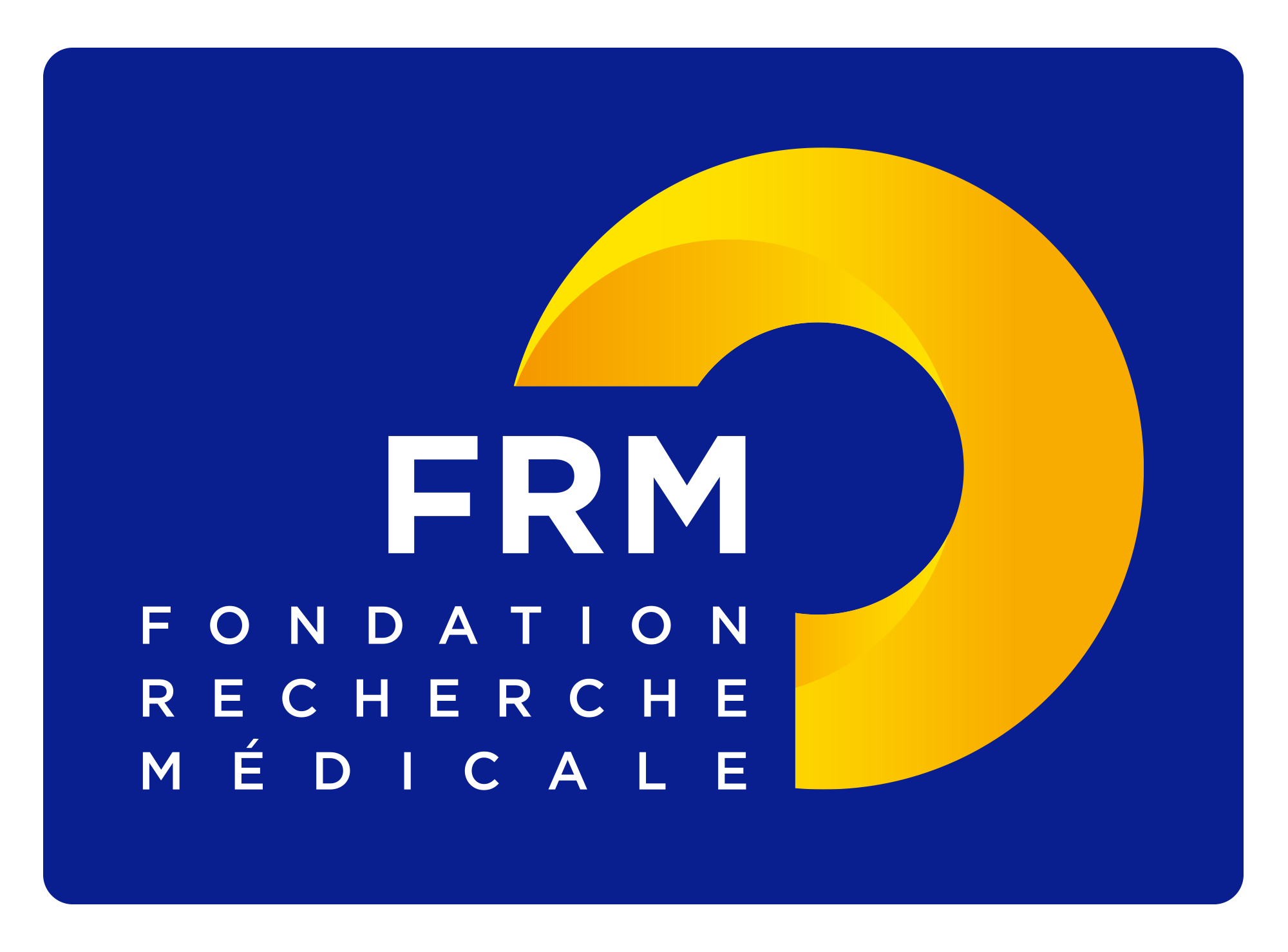Identifying treatment and biomarkers in heart failure
Benjamin Lauzier, Bertrand Rozec, Marja Steeman, Chantal Gauthier, Michel De Waard
The objective of our group is to improve the understanding of heart failure in acute and chronic features. By developing new animal models and approaches in acute cardiac decompensation or in chronic heart failure such as heart failure with preserved ejection fraction.
-
Acute heart failure: Secretome
-
Chronic heart failure: Preclinical development
Publications
Overexpression of endothelial β3 -adrenergic receptor induces diastolic dysfunction in rats.
Dhot J, Ferron M, Prat V, Persello A, Roul D, Stévant D, Guijarro D, Piriou N, Aillerie V, Erraud A, Toumaniantz G, Erfanian M, Tesse A, Grabherr A, Tesson L, Menoret S, Anegon I, Trochu J-N, Steenman M, De Waard M, Rozec B, Lauzier B, Gauthier C.
ESC Heart Fail 2020
Human Heart Failure with preserved ejection fraction versus feline cardiomyopathy: what can we learn from both veterinary and human medicine?
V Prat, B Rozec, C Gauthier, B Lauzier.
Heart Fail rev. Aout 2017.
Acute detachment of hexokinase II from mitochondria modestly increases oxygen consumption of the intact mouse heart.
R Nederlof, S Denis, B Lauzier, C Des Rosiers, M Laakso, J Hagen, C Argmann, R Wanders, RH Houtkooper, M.W. Hollmann, SM Houten, CJ Zuurbier.
Metabolism. Juillet 2017.
Ivabradine and metoprolol differentially affect cardiac glucose metabolism despite similar heart rate reduction in a mouse model of dyslipidemia.
Vaillant F, Lauzier B, Ruiz M, Shi Y, Lachance D, Rivard ME, Bolduc V, Thorin E, Tardif JC, Des Rosiers C.
Am J Physiol Heart Circ Physiol. 2016.
PCSK9 Induces CD36 Degradation and Affects Long-Chain Fatty Acid Uptake and Triglyceride Metabolism in Adipocytes and in Mouse Liver.
Demers A, Samami S, Lauzier B, Des Rosiers C, Sock ET, Ong H, Mayer G.
Arterioscler Thromb Vasc Biol. 2015 Oct 22.
Funding
This programme has been financed by :- Agence Nationale de la Recherche
- Fédération Française de Cardiologie
- Fédération pour la Recherche Médicale
- Sanofi
- Genavie
- Sauve Ton Cœur






Updated on 15 April 2021.





